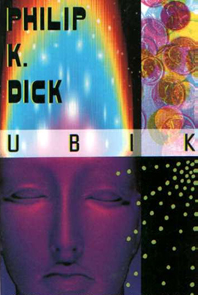 Back in the halcyon Sixties, when respectability was but a distant glimmer on science fiction’s horizon (and comics were still mired in disrepute), the editor of an SF magazine asked me to review a novel by Philip K. Dick. It wasn’t my first encounter with Mr. Dick; back in St. Louis, before I’d migrated east and gotten into the funny book racket, I’d read a roommate’s copy of Man in the High Castle and found it interesting. I told the editor, sure, be happy to. The book was Galactic Pot Healer. I didn’t like it and wrote the review accordingly.
Back in the halcyon Sixties, when respectability was but a distant glimmer on science fiction’s horizon (and comics were still mired in disrepute), the editor of an SF magazine asked me to review a novel by Philip K. Dick. It wasn’t my first encounter with Mr. Dick; back in St. Louis, before I’d migrated east and gotten into the funny book racket, I’d read a roommate’s copy of Man in the High Castle and found it interesting. I told the editor, sure, be happy to. The book was Galactic Pot Healer. I didn’t like it and wrote the review accordingly.
That doesn’t quite end the story. The review never got into print. It may have been a lousy review – hey, nobody’s perfect – or the fact that the editor was friendly with Mr. Dick may have influenced his decision. No big deal either way,
Cut to a decade or so later: I am in Southern California on a mission for Marvel Comics and I have run out of things to read, and for some reason, there are no places to buy books nearby, and our expense allowances for this particular jaunt do not include car rental. Oh, woe! What is a print junkie to do? Then my fellow Marvel editor and friend Mark Gruenwald comes to the rescue with a copy of Valis, by a writer I knew I didn’t like, the same guy who’d perpetrated Galactic Pot Healer. But a writer I didn’t like is better than no writer at all – remember, I’m a print junkie – and besides Mark, whose acumen I respect, recommends him. I take Mark’s copy of Valis to my room…
And have that rare and wonderful experience of finding what I hadn’t known I was looking for. Dick was writing a kind of fiction unlike any I’d ever encountered – a fiction that dealt with the malleability of reality, the impossibilities of accurate perception, the questions of personal identity and its place in a large context.
I enrolled in the Philip K. Dick Society and delved into the author’s 44 title backlist.
A year ago, someone who shares my DNA found that tattered copy of Galactic Pot Healer on a bookshelf somewhere and I reread it. I can see why I panned it 40 years ago. The writing is only okay, the plot not terribly engaging. But mostly, the book doesn’t deliver what I think I wanted from science fiction in those days, which was closer to space opera than the introspective, sui generis stuff Dick was doing. But in my new capacity as an Ancient, whose tastes have changed somewhat, I could and did enjoy it. It will never be on my Top 10 list, but I don’t regret having experienced it.
I now know that Dick wrote what was labeled “science fiction” only because nobody, maybe including Dick himself, knew what else to call it. Writing in a genre meant that folks who fancied themselves capital L-Literary would not notice the work, and may not have been able to judge its worth if they had. Back then, the rule of thumb was If it’s good it can’t be science fiction. So Dick’s brilliantly original novels were largely ignored during his lifetime.
His reputation has gradually brightened over the years because, among other reasons, his work has inspired a lot of movies, from Blade Runner, completed shortly after his death in 1982, to Next, which I saw last weekend. Now, The Establishment, in the person of the guys who run the Library of America , have further anointed Mr. Dick by bringing out an edition of four of his novels to be offered alongside productions from Twain, Hawthorne, Melville…you know, the gents whose yarns get assigned in Lit. classes. The Dick collection is edited by the increasingly ubiquitous Jonathan Lethem, which, as far as I’m concerned, is icing on the cake.
, have further anointed Mr. Dick by bringing out an edition of four of his novels to be offered alongside productions from Twain, Hawthorne, Melville…you know, the gents whose yarns get assigned in Lit. classes. The Dick collection is edited by the increasingly ubiquitous Jonathan Lethem, which, as far as I’m concerned, is icing on the cake.
The novels in the collection are Do Androids Dream of Electric Sheep? (which became the basis for the aforementioned Blade Runner
(which became the basis for the aforementioned Blade Runner ), The Man in the High Castle
), The Man in the High Castle , The Three Stigmata of Palmer Eldritch
, The Three Stigmata of Palmer Eldritch , and Ubik
, and Ubik . Any one
. Any one would do for this week’s Recommended Reading.
would do for this week’s Recommended Reading.
Dennis O’Neil is an award-winning editor and writer of comic books like Batman, The Question, Iron Man, Green Lantern and/or Green Arrow, and The Shadow, as well as all kinds of novels, stories and articles.


 Back in the halcyon Sixties, when respectability was but a distant glimmer on science fiction’s horizon (and comics were still mired in disrepute), the editor of an SF magazine asked me to review a novel by Philip K. Dick. It wasn’t my first encounter with Mr. Dick; back in St. Louis, before I’d migrated east and gotten into the funny book racket, I’d read a roommate’s copy of Man in the High Castle and found it interesting. I told the editor, sure, be happy to. The book was Galactic Pot Healer. I didn’t like it and wrote the review accordingly.
Back in the halcyon Sixties, when respectability was but a distant glimmer on science fiction’s horizon (and comics were still mired in disrepute), the editor of an SF magazine asked me to review a novel by Philip K. Dick. It wasn’t my first encounter with Mr. Dick; back in St. Louis, before I’d migrated east and gotten into the funny book racket, I’d read a roommate’s copy of Man in the High Castle and found it interesting. I told the editor, sure, be happy to. The book was Galactic Pot Healer. I didn’t like it and wrote the review accordingly. Once a week, I volunteer in the pediatric department of a local hospital. I teach knitting to kids and caregivers. I’d like to say I do this because I’m a spiritual person, more evolved than you – better, in fact – but that’s not true. I do it because it’s the best part of my week, and whatever problems I might have in my adult life disappear when I spend a few hours with these kids. It gives me a chance to talk about color and texture and sheep instead of war and money and politics.
Once a week, I volunteer in the pediatric department of a local hospital. I teach knitting to kids and caregivers. I’d like to say I do this because I’m a spiritual person, more evolved than you – better, in fact – but that’s not true. I do it because it’s the best part of my week, and whatever problems I might have in my adult life disappear when I spend a few hours with these kids. It gives me a chance to talk about color and texture and sheep instead of war and money and politics. In addition to the news about Lionsgate
In addition to the news about Lionsgate  For my money, even though I’m not paying for it, the best story currently dealing with DC’s attitude towards magic and superheroes is the Doctor Thirteen backup tale currently running in Tales of the Unexpected, wherein superscience and magic and nonsense and fourth-wall breaking all collide in a fun romp that proves DC is well schooled on how to puncture its own pomposity. Maybe it’s not Ambush Bug-level surreality, but you can’t go wrong with talking pirate gorillas,
For my money, even though I’m not paying for it, the best story currently dealing with DC’s attitude towards magic and superheroes is the Doctor Thirteen backup tale currently running in Tales of the Unexpected, wherein superscience and magic and nonsense and fourth-wall breaking all collide in a fun romp that proves DC is well schooled on how to puncture its own pomposity. Maybe it’s not Ambush Bug-level surreality, but you can’t go wrong with talking pirate gorillas, 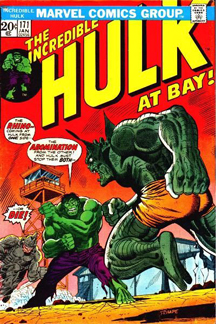
 Tim Roth, who played favorite characters in Reservoir Dogs, Pulp Fiction, and Planet of the Apes, has been cast as The Abomination in the upcoming Incredible Hulk movie, according to Variety.
Tim Roth, who played favorite characters in Reservoir Dogs, Pulp Fiction, and Planet of the Apes, has been cast as The Abomination in the upcoming Incredible Hulk movie, according to Variety.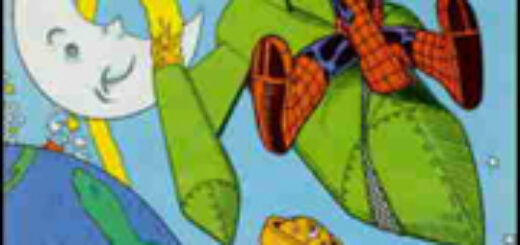
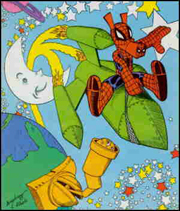 Ouch ouch ouch
Ouch ouch ouch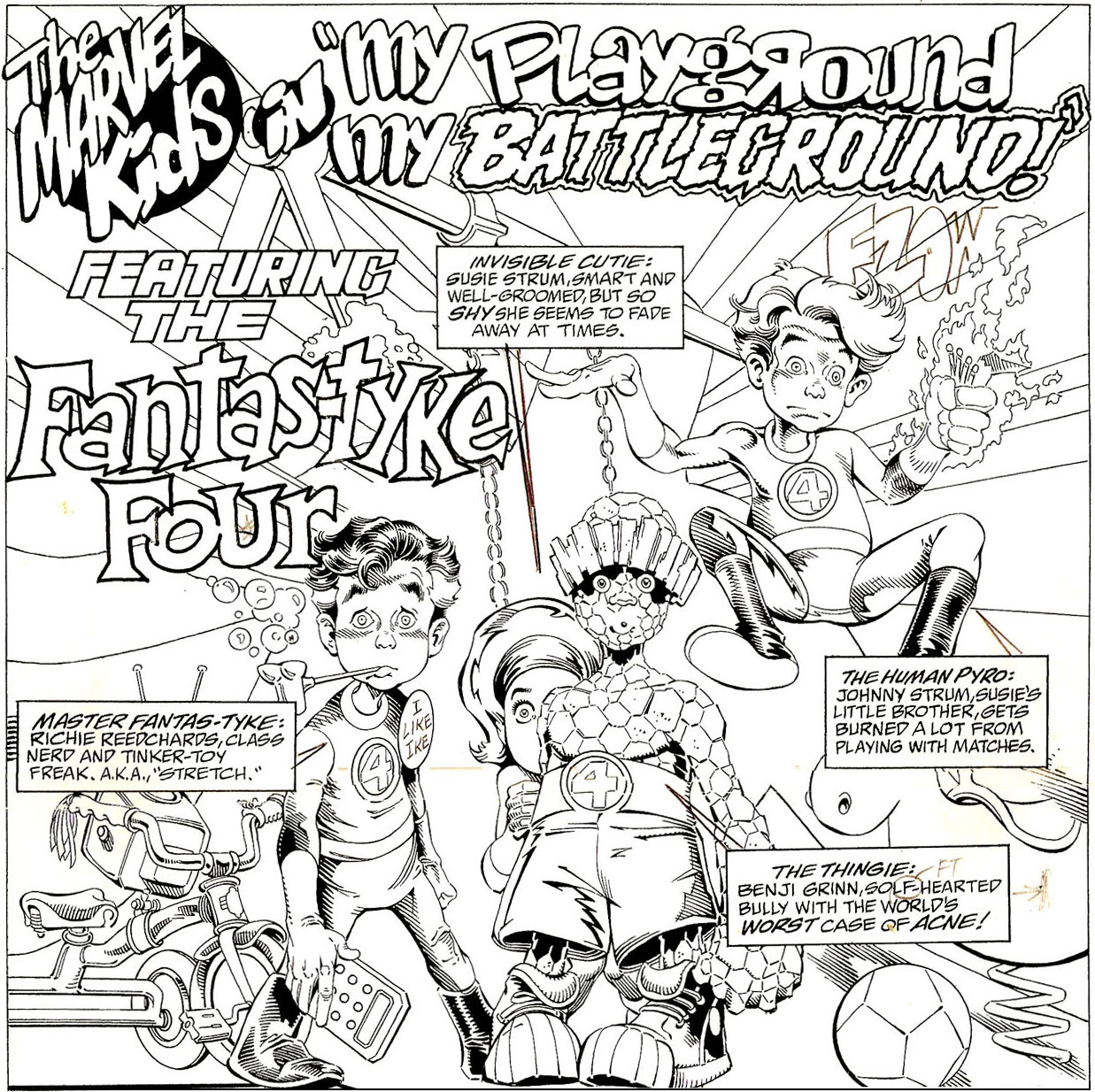

 It helps to remember, now that a third Spider-Man epic has arrived to herald the school’s-out season at the box office, that the title character had started out as the comic-book industry’s least likely recruit to the ranks of super-heroism.
It helps to remember, now that a third Spider-Man epic has arrived to herald the school’s-out season at the box office, that the title character had started out as the comic-book industry’s least likely recruit to the ranks of super-heroism. This is the week that DC’s 52 came to a close. The company’s first attempt at a weekly comic since Action Comics Weekly more than 15 years ago, unless you count Mike Carlin’s interconnecting but freestanding Superman series. It was, by most accounts, a commercial and critical success. 52 re-defined what comics can do, as narrative and as pop culture events.
This is the week that DC’s 52 came to a close. The company’s first attempt at a weekly comic since Action Comics Weekly more than 15 years ago, unless you count Mike Carlin’s interconnecting but freestanding Superman series. It was, by most accounts, a commercial and critical success. 52 re-defined what comics can do, as narrative and as pop culture events. (Kids today, they have it easy. They can buy multi-part stories in trade paperback collections. In my day, we had to walk to the convenience store, picking up deposit bottles so we could afford to buy comics that might not even make it to the racks. In the snow! With no shoes!)
(Kids today, they have it easy. They can buy multi-part stories in trade paperback collections. In my day, we had to walk to the convenience store, picking up deposit bottles so we could afford to buy comics that might not even make it to the racks. In the snow! With no shoes!)








